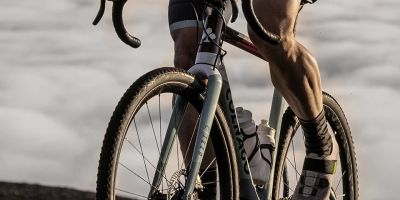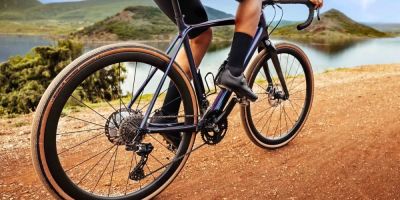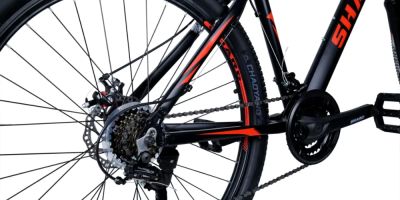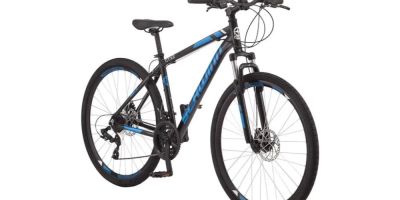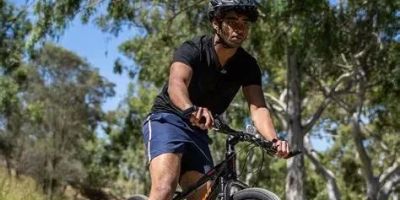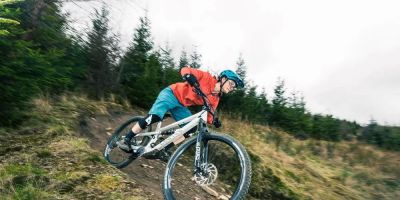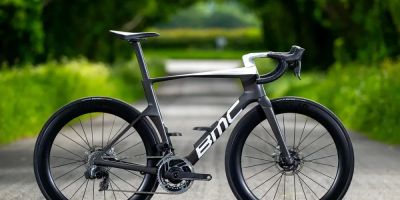- what-makes-a-great-gravel-touring-bike
- key-features-to-look-for-in-gravel-and-touring-bikes
- top-bike-types-for-gravel-and-touring-adventures
- real-rider-stories-and-case-studies
- find-the-right-bike-for-your-next-journey
1. What Makes a Great Gravel Touring Bike
Gravel riding and bike touring demand more than just rugged frames—they require bikes built for comfort, endurance, and terrain versatility. If you're searching for the best bikes for gravel riding and touring, the good news is there’s never been a better time to explore the category. Modern gravel bikes blur the line between road and trail, while touring bikes emphasize reliability and load-bearing stability. The best ones combine both.
Gravel touring bikes are designed to handle loose surfaces, uneven paths, and extended mileage. But it’s not all about being tough—they also need to feel good after hours in the saddle. That’s why geometry, tire width, gear ratios, and cargo mounts all come into play. If you're planning multi-day trips or tackling routes like the Great Divide or the Oregon Outback, the right bike isn’t a luxury—it’s a necessity.
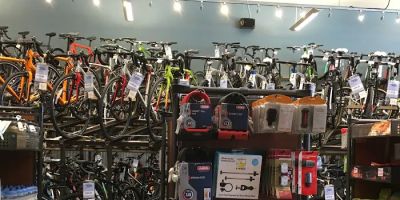
Mike's Bikes of Berkeley
1824 University Ave, Berkeley, CA 94703, USA
2. Key Features to Look for in Gravel and Touring Bikes
When choosing the best bikes for gravel riding and touring, specific components make all the difference. Start with frame material: steel is known for its durability and comfort, absorbing vibrations better than aluminum, while carbon fiber offers lightweight performance but at a higher cost.
Tire clearance is another priority. Most gravel touring bikes support tires 40mm and wider, allowing for better grip and shock absorption. Some even support 650b wheels with ultra-wide tires, a favorite among riders venturing into mixed terrain. Make sure your chosen frame allows for fenders and racks—essential for touring setups.
Gearing is where gravel and touring needs overlap. You’ll want a wide gear range, ideally with compact or sub-compact cranksets and a wide-range cassette (like 11–42T). This ensures you can climb steep gravel roads without burning out, while still maintaining decent speed on pavement.
Don't overlook brakes—mechanical or hydraulic disc brakes are a must for consistent stopping power in all weather and terrain conditions. And finally, comfort is king: drop bars with flared ends, ergonomic grips, and a relaxed geometry will keep you riding longer and happier.

Mike's Bikes of Berkeley
1824 University Ave, Berkeley, CA 94703, USA
3. Top Bike Types for Gravel and Touring Adventures
There’s no single formula for the best gravel touring bike, but there are standout categories worth considering:
Gravel-Specific Bikes: Designed with wide tire clearance, slack geometry, and stability in mind. The Cannondale Topstone and Salsa Warbird are prime examples—built to fly across gravel while still being comfortable enough for all-day rides.
Adventure Touring Bikes: Think of models like the Surly Long Haul Trucker or Kona Sutra. These are legendary among long-distance riders for their steel frames, rack/fender compatibility, and bulletproof build. While heavier, they are trusted by people who tour across continents.
All-Road or Endurance Bikes: While not built specifically for gravel, some endurance road bikes can handle light gravel and moderate touring if equipped with the right tires. They’re great for those who split time between pavement and mild trails.
Depending on how much gear you plan to carry, your destination terrain, and how many hours you ride each day, your bike’s category might shift. If you're unsure where to start, Healthy Cycling can help you match your needs with tested and reviewed options from across the market.
4. Real Rider Stories and Case Studies
John from Colorado rode the entire 2,700-mile Great Divide route on a steel-frame touring bike. “I went with a Surly Ogre, outfitted with 2.1” tires and a Rohloff hub,” he recalls. “What saved me wasn’t just frame strength—it was the versatility. I could carry food, camping gear, even spare spokes.”
Meanwhile, Alina, a bikepacker from the UK, customized her gravel setup using a carbon Salsa Cutthroat. “The key was tire pressure and framebags,” she says. “The bike was light but tough. I climbed rocky paths in Wales and coasted over tarmac backroads without needing to switch bikes.”
These stories highlight that the best bike isn’t necessarily the most expensive—it’s the one that fits your body, your terrain, and your touring goals. Rider feedback, trip journals, and firsthand insights often reveal more than spec sheets ever could.
5. Find the Right Bike for Your Next Journey
Finding the best bikes for gravel riding and touring depends on knowing your own riding habits, routes, and comfort needs. Start by determining your terrain ratio: how much gravel vs. pavement do you expect? Then evaluate your packing style—are you ultralight or full pannier-load?
Bike fit is just as important. A well-fitted bike will always outperform a high-end one that’s poorly adjusted. Get a professional fitting if you can, or use online calculators from trusted bike brands. The right reach, saddle height, and bar width can eliminate pain and maximize performance over long distances.
If you're ready to explore top-rated gravel and touring bikes that match your specific goals, visit Healthy Cycling. Our platform connects passionate riders with the best gear, bike models, and setup guides—whether you’re prepping for a weekend micro-adventure or a cross-country tour.

